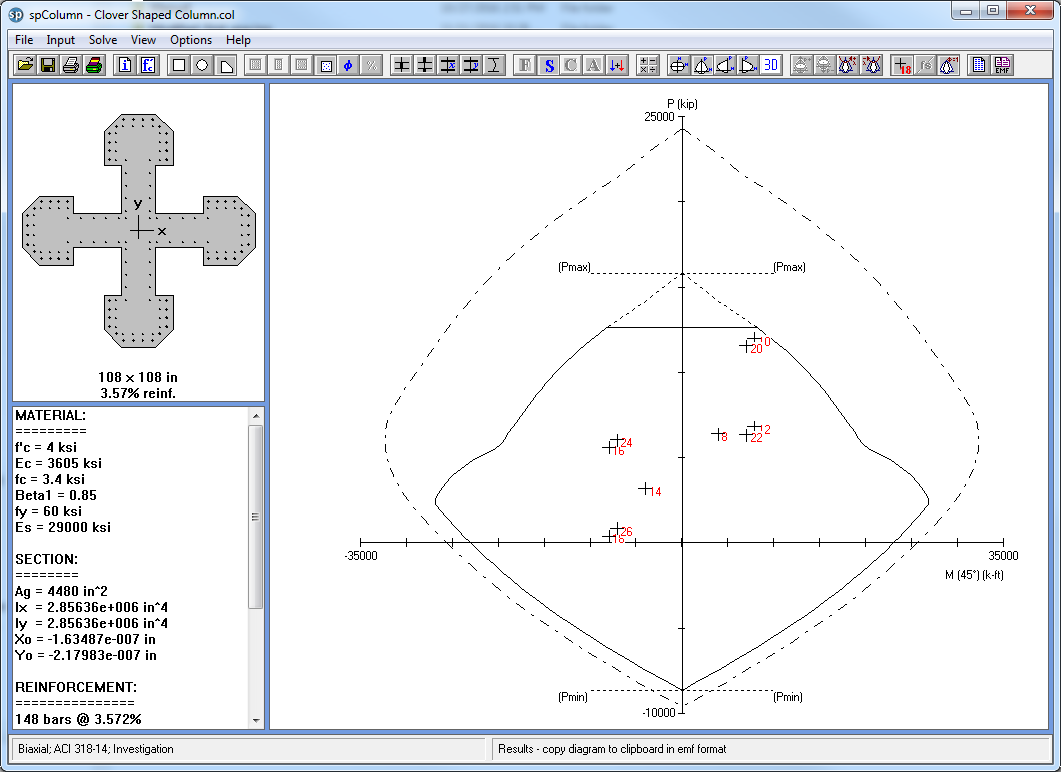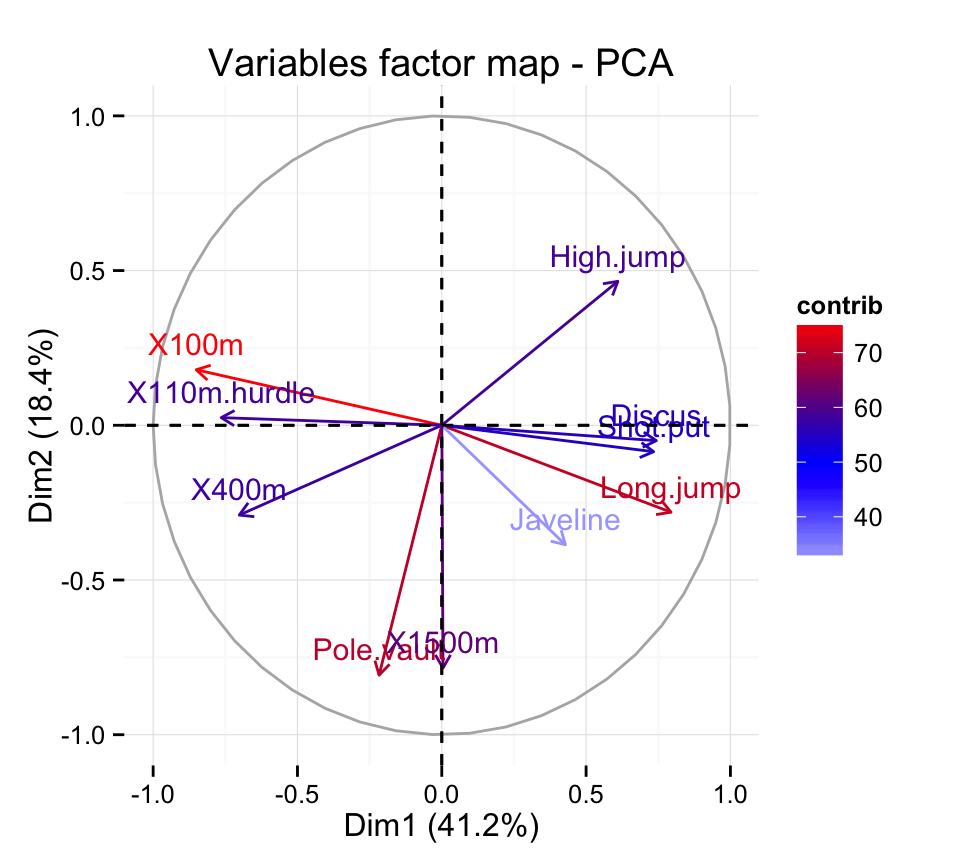

The orthogonal component of the span would be shorter, resulting in a stiffer beam so I wouldn't do e the same span, just reduce the stiffness by some amount - again, I'm not sure how to determine this reduction - possibly a linear reduction with an added safety factor to further reduce the beam stiffness. round, and irregular concrete columns & walls including slenderness effects. One idea would be to always underestimate the resistance that the beam provides.this could be done by using a weak beam in flexure only and then ignoring the torsional effect totally. PCA-StructurePoint concrete design software programs for analysis, design. Principal Component Analysis (PCA) - Better Explained ML+ Principal Component Analysis, or PCA, is a dimensionality.
PCA COLUMN FULL
By doing this, a large chunk of the information across the full dataset is effectively compressed in fewer feature columns. In between - well - I don't know how it transitions between the two - not sure if it is linear or not. Principal Components Analysis (PCA) is an algorithm to transform the columns of a dataset into a new set of features called Principal Components. At 90% offset, the beam uses 0% flexural and 100% torsional.


So the beam resists the column bending with flexural and torsional stiffnesses.some combination of the two.Īt 0 degrees offset, the beam uses 100% flexural and 0% torsional. If the beam is at an angle to the column, some degrees off the Y axis, then the resulting rotational displacement puts a combination of bending AND torsion into the column. So when you put a unit deflection on the column (in an orthogonal direction) this displacement is a pure rotation. The formulation in the ACI code deals with the effect of the stiffness that the beam provides at the column joint to resist orthogonal bending in the column. Trying to start IRRCOL after executing a DOS program or DOS session in Windows gave a 'Cannot Transfer Data to IRRCOL' message and the user had to restart Windows to remedy the situation. The coefficient matrix is p-by-p.Each column of coeff contains coefficients for one principal component, and the columns are in descending order of component variance. I think its a bit more complicated than using an orthogonal distance replacement. PCACOL V2.30: The following bugs have been fixed:-1. coeff pca(X) returns the principal component coefficients, also known as loadings, for the n-by-p data matrix X.Rows of X correspond to observations and columns correspond to variables.


 0 kommentar(er)
0 kommentar(er)
